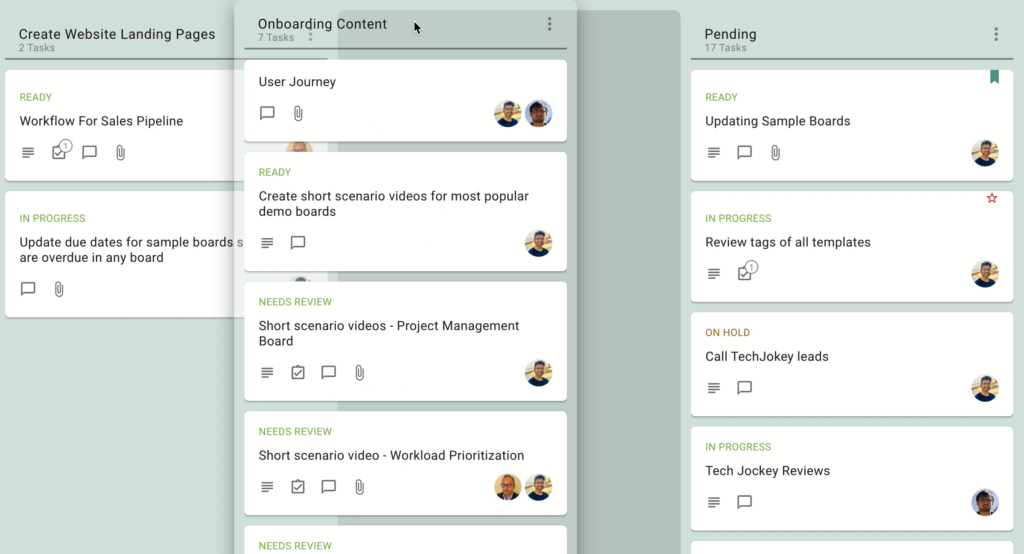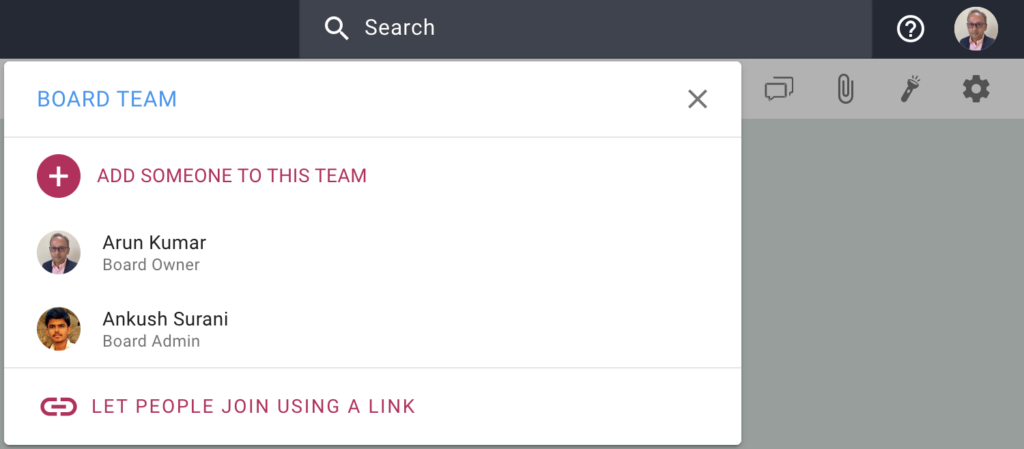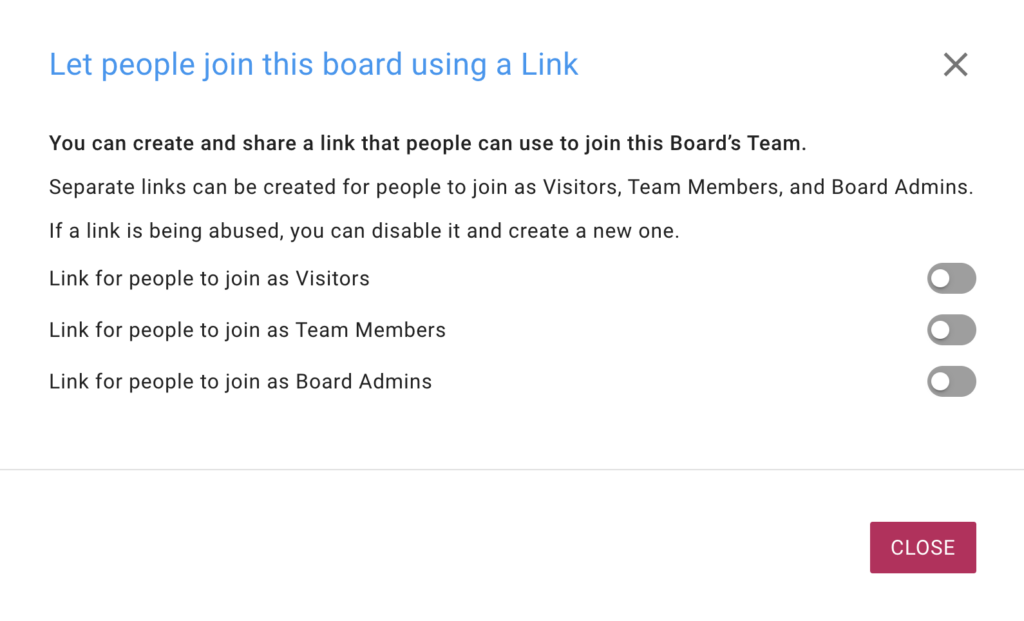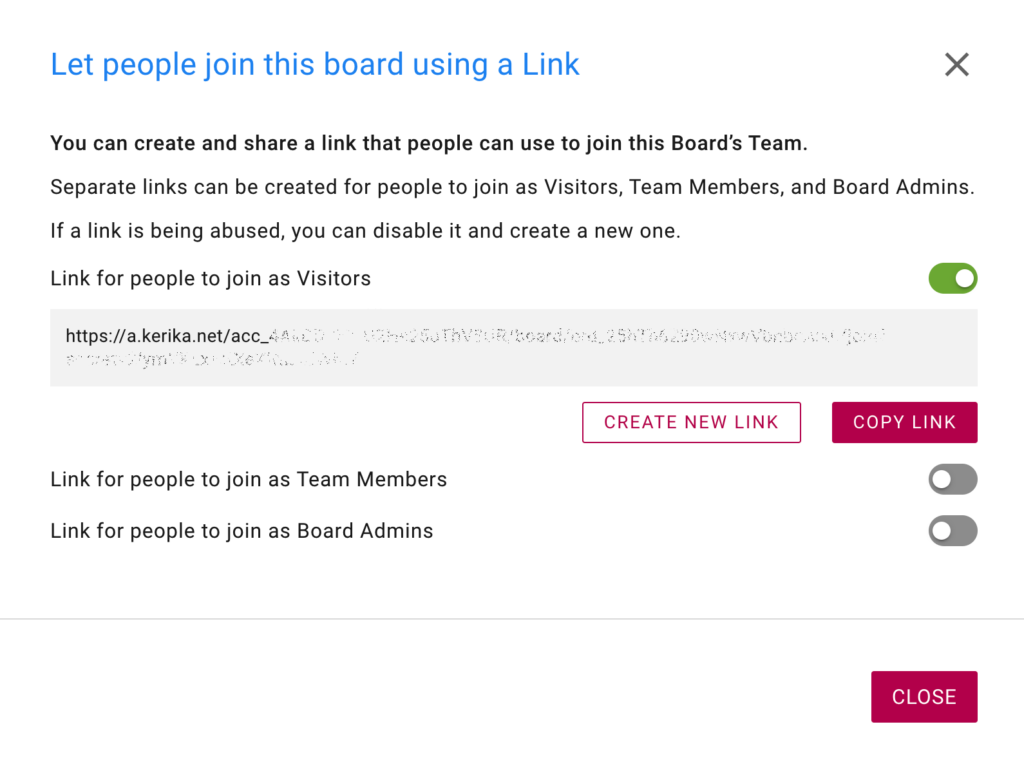Mengurus pelbagai versi fail boleh menjadi rumit. Anda mungkin pernah tercari-cari fail yang dilabelkan “final,” “final-2,” atau “final-betul-betul-kali-ini,” dan tertanya-tanya yang mana satu versi terkini. Ia adalah masalah biasa apabila mengendalikan kemas kini projek.
Sistem yang lebih cekap dapat menghapuskan tekaan ini sepenuhnya. Dengan menjejak dan menggantikan versi fail lama secara automatik, anda boleh memastikan pasukan anda sentiasa menggunakan fail terkini, tanpa sebarang kekusutan atau kekeliruan.
Berikut adalah panduan untuk menyusun dan mengemas kini fail dengan cekap dalam konteks khusus tugas dan peringkat papan:
Lampiran Kad Tugas
Klik di sini untuk melihat pratonton kad tugas ini
Kad Tugas adalah tempat semua keajaiban berlaku dalam menyusun fail yang berkaitan dengan tugas tertentu. Berikut adalah cara anda mengemas kini fail:
Cari Fail Anda: Buka Kad Tugas di mana fail dilampirkan.
Muat Naik Versi Baharu: Klik ikon Muat Naik Versi Baharu di sebelah fail sedia ada. Ini secara automatik akan menggantikan versi lama dengan yang baharu sambil mengekalkan sejarah. Tidak perlu memadam versi lama atau menamakan semula fail.
Faedah: Fail yang dikemas kini serta-merta dikaitkan dengan tugas, jadi pasukan anda boleh terus bekerjasama tanpa gangguan.
Kad Tugas memastikan kemas kini fail anda kekal relevan dengan tugas semasa, memastikan semua orang selari.
Lampiran Papan
Klik di sini untuk melihat pratonton lampiran papan ini
Lampiran Papan sesuai untuk fail yang memberi kesan kepada keseluruhan projek seperti piagam projek atau templat yang dikongsi. Mengemas kini fail di sini juga mudah:
Navigasi ke Lampiran Papan: Klik ikon Lampiran pada menu papan.
Kemas Kini Fail: Pilih fail yang ingin anda gantikan dan klik butang Muat Naik Versi Baharu. Versi lama digantikan dengan lancar, jadi tiada kekeliruan tentang versi yang terkini.
Faedah: Seluruh pasukan anda mendapat akses segera kepada versi terkini, tidak kira di mana mereka bekerja.
Lampiran Papan memastikan fail seluruh projek kekal tersusun dan dikemas kini tanpa mencipta pertindihan.
Kesimpulan
Pengurusan fail yang cekap memudahkan aliran kerja projek dan meningkatkan kerjasama. Dengan menghapuskan kekeliruan pelbagai versi fail, anda boleh memastikan pasukan anda tersusun dan fokus pada perkara yang penting.







